Do you suffer from a tissue-related injury? You may have DeQuervain tenosynovitis, a common treatable condition that results from inflammation of the tendons in your thumb. This joint is called the carpometacarpal joint, or CMC, and it allows the thumb to move in all kinds of directions while using a crochet hook or a knitting needle. If your hands get tired and stiff constantly after each knitting session, the ergonomic quick-knit method may be just what you need to make your fabric comfortable again. Some styles wrap the stitch backwards for efficiency, requiring the knitter to compensate for each stitch backwards by reorienting each stitch so that it doesn't twist.
Braces can help keep the wrist straight, and learning different techniques and knitting styles can also be beneficial, as it allows for more types of positioning on the wrists and hands. If you try to remove the fabric from your head for two weeks, you will give up and do it again, so don't try to stop knitting everything related to knitting, just stop knitting. While tendonitis and tendinosis can manifest in almost any area of the body, weavers have their own special brand of tendinitis; known as tenosynovitis, or more specifically Quervain's tenosynovitis, this injury is characterized by inflammation of the tendons on the thumb side of the wrist. You can also try changing the knitting styles so that you may hold the yarn with your other hand to give the dominant hand a rest.
Although not caused by knitting and crocheting, these yarn crafts can exacerbate arthritis in your hands or other joints (for example, if you sit too long). When my hands became stiff and tired from knitting, I found that much of that fatigue was caused by the movements I used to make my stitches. FWIW, I have tendon and joint problems and I can no longer do two-color work, since it's too hard for my right hand. Not only that, but learning to knit in general can be difficult for most, so successfully mastering the art of knitting can make you feel very proud.
Most weaving styles can get fast with years of practice, but they often use unnecessary, non-ergonomic movements. Good daylight is certainly the best light to work with, but many knitters only have time at night to sit and knit or crochet.If you are a knitter who suffers from tendonitis in your thumb or wrist area, there are several things you can do to reduce your pain and discomfort. First of all, take regular breaks while knitting and stretch your hands regularly. Secondly, use an ergonomic quick-knit method which will help reduce fatigue in your hands.
Thirdly, try changing up your knitting style so that you are not using the same movements over and over again. Finally, if possible try to knit during daylight hours when possible as this will help reduce strain on your eyes.In conclusion, knitting can cause tendonitis in thumb if done incorrectly or for too long without taking breaks. However, with proper technique and regular breaks this risk can be minimized. If you are experiencing pain or discomfort while knitting it is important to take a break and seek medical advice if necessary.
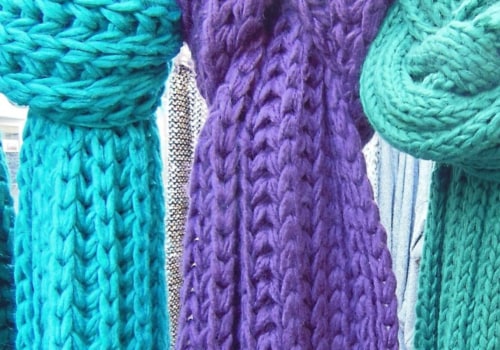
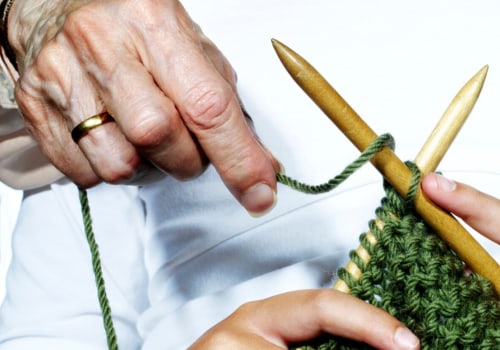
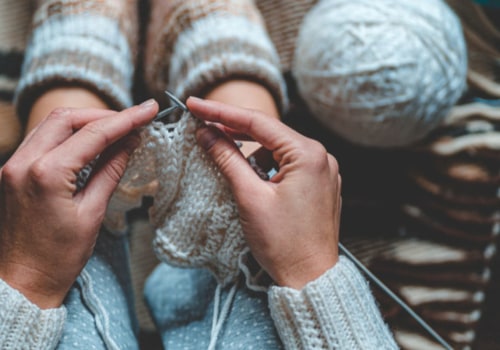

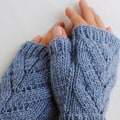

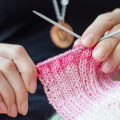

Leave Reply